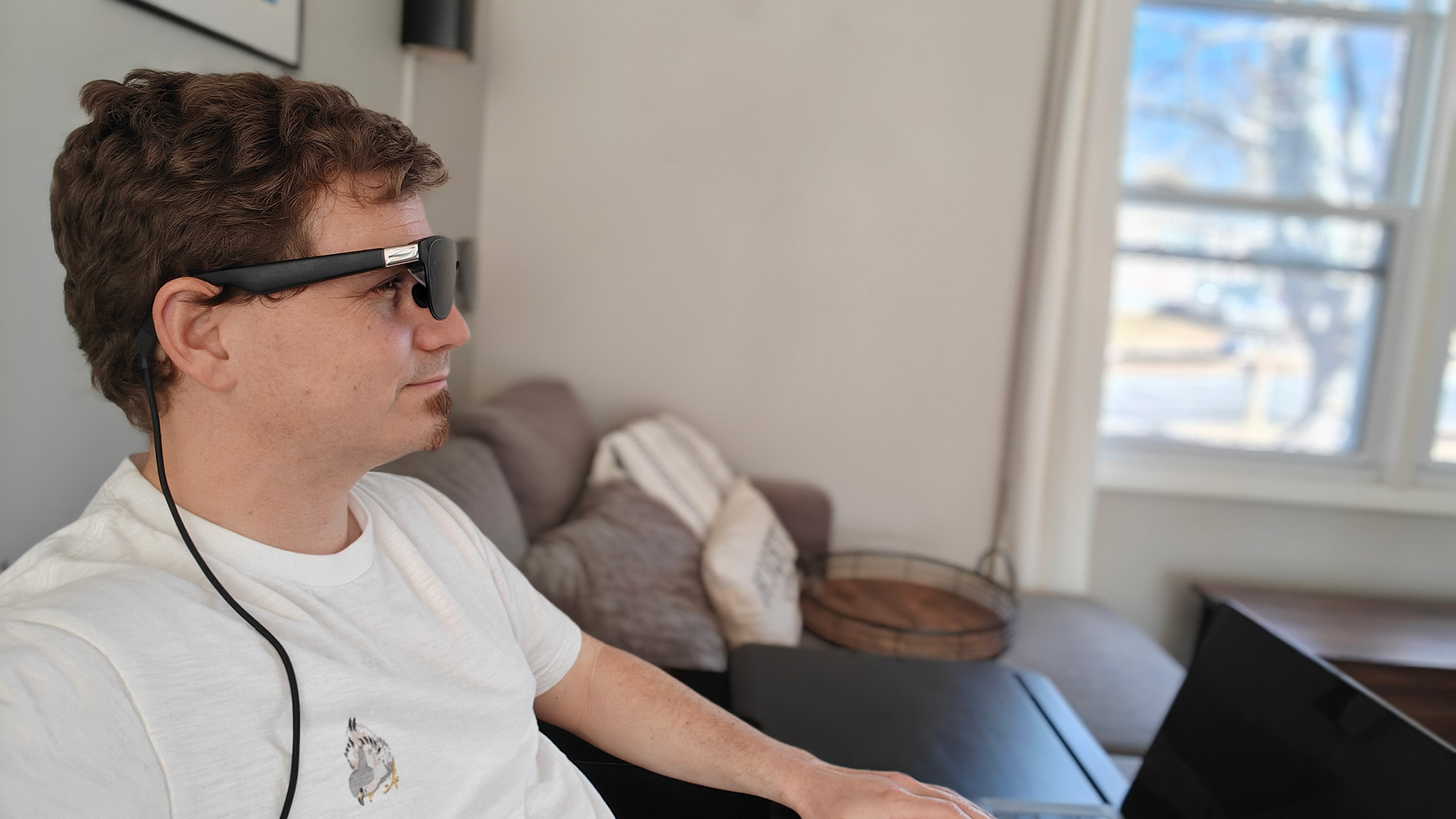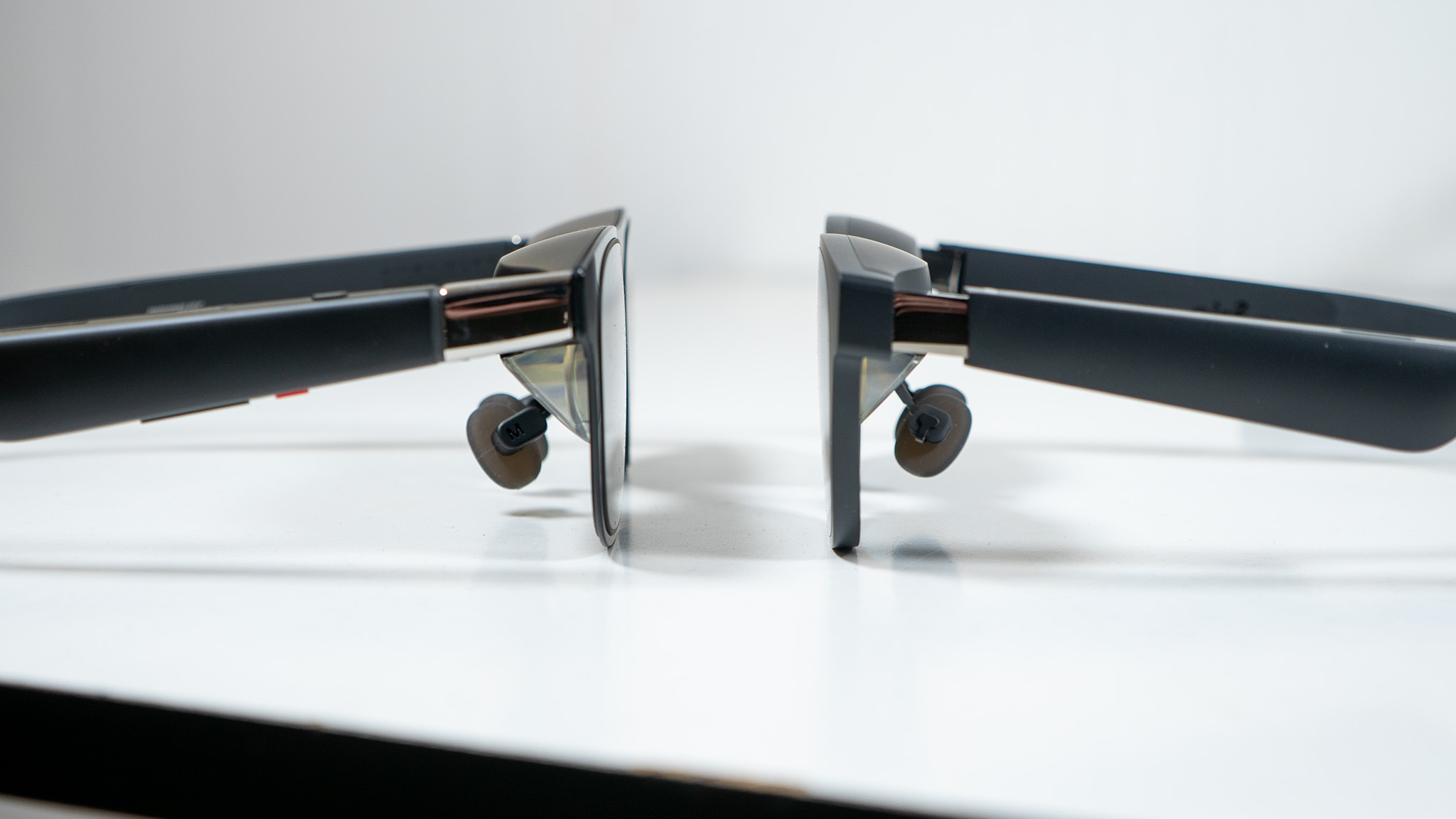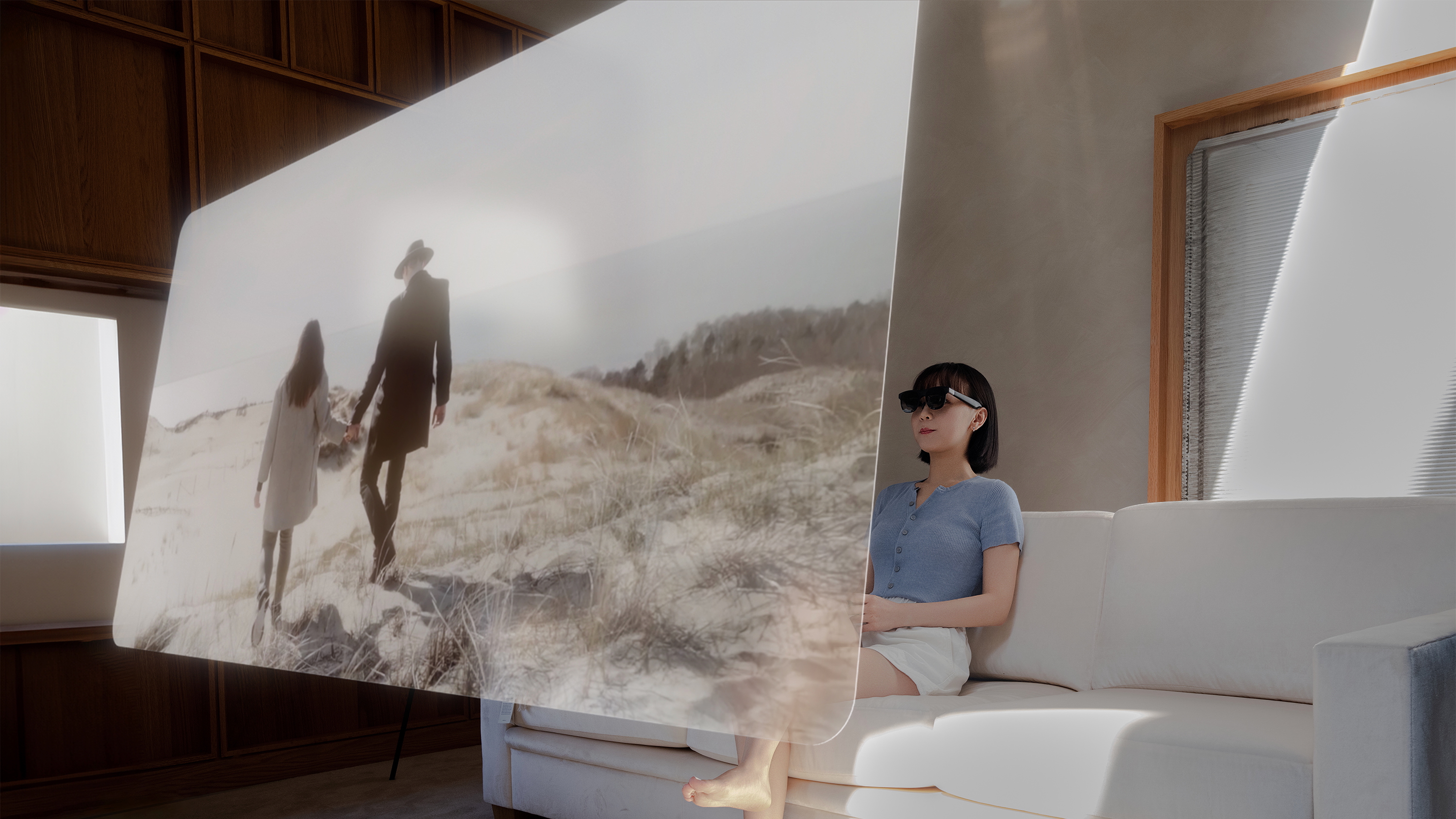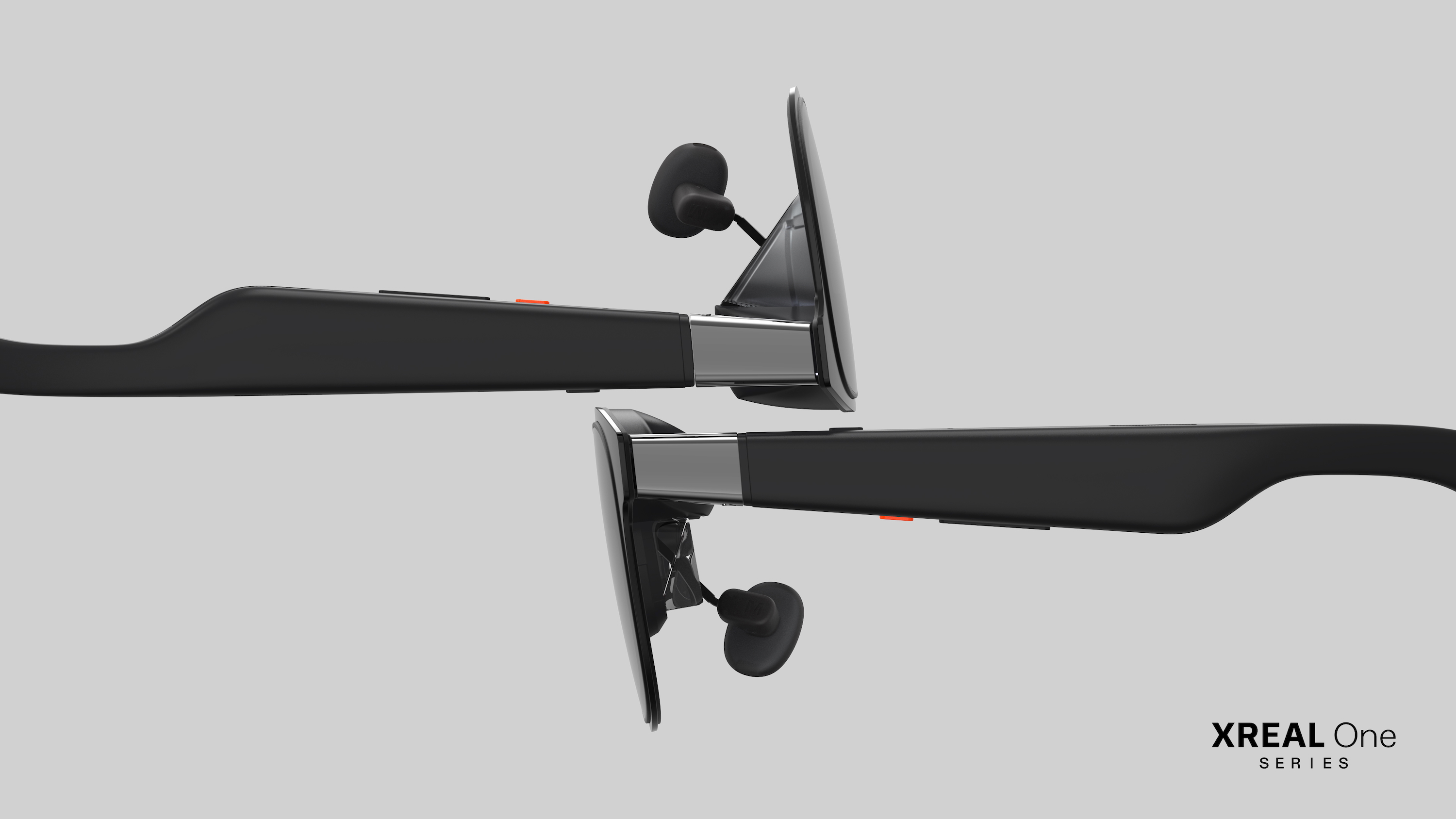Over the weekend, we learned that Apple reportedly canceled plans to make a pair of AR glasses that would operate by connecting to a Mac computer. The glasses were seen as a sort of “Apple Vision Lite,” as they were powered by the same operating system inside the expensive Apple Vision Pro mixed reality headset.
Bloomberg‘s original report noted that executives weren’t impressed with the product, citing performance issues and ever-changing feature requests. These glasses originally required pairing to an iPhone, but that was later changed to a Mac as they drained the phone’s battery too fast and required too much processing power for a phone.
The news comes on the one-year anniversary of the Apple Vision Pro, a product that has been met with waning consumer interest given the extremely high $3,500 price tag. Given Apple’s woes with XR products — XR is the umbrella term for anything AR, VR, and beyond — critics are saying that this is yet another death knell for the category as a whole. As usual, though, they couldn’t be more wrong.
Smart glasses solve a real problem

I’m writing this article from my laptop while wearing a pair of Xreal One glasses. I’m not using my laptop’s display because I’m at my kitchen table, a place that’s not ergonomically designed to work from. Unless I want severe neck pain by the end of the day, wearing my Xreal One glasses and working from a giant virtual screen is the best preventative medicine.
Apple realized this was the best possible scenario for a smart display glasses product after its initial R&D attempts on a phone. I don’t buy for a minute that a phone “wasn’t powerful enough” to run this experience. Today’s smartphones are powered by what are essentially laptop-grade processors. Maybe the phone’s battery life was an issue, but even that seems questionable.
Rather, I think Apple understood that having a phone in your hand connected to a pair of smart display glasses simply doesn’t make any sense. There are very few scenarios I can think of where connecting smart glasses to a phone is an ideal experience. Gaming and watching videos are brilliant when viewing from a pair of smart glasses, and your neck and back will thank you for not holding a phone up for hours.

I also think the company struggled to differentiate these glasses from existing products. It’s possible that they were sleeker than existing smart display glasses, but is that enough, especially given that a Mac was a requirement for use? Probably not.
Even many of Apple’s described glasses features sounded similar to existing Xreal One and Viture Pro glasses. They reportedly didn’t have the EyeSight feature from Vision Pro — that’s the outer display that shows your eyes to people in the room — but the glasses were said to have an electrochromic film on the glasses that could change the tint to show your actual eyes or cover them up to let others around you know that you’re busy.
Apple likely struggled to differentiate this product from the pack without significant technological hurdles.
The question is why Apple didn’t feel content with shipping a high-quality wearable display, which is how current smart display glasses could be described. The Xreal One glasses I’m wearing right now are the first pair Xreal has shipped with custom silicon inside, but even still, the company isn’t trying to sell these as competition to Meta Orion.
One of the biggest reasons to wear an Apple Vision Pro is to have a studio-quality set of virtual monitors no matter where you’re working from, and I’m genuinely surprised Apple didn’t try to just replicate this one proven feature in a smart glasses form factor.
Without Apple coming forward and saying it, I think the glasses didn’t deliver a wide enough field of view (FoV) to properly replicate the Vision Pro’s virtual monitor experience. Xreal One currently sports the widest FoV of any smart display glasses at 50 degrees. Xreal One Pro ups this to 57 degrees and is slated to launch soon. Both of these are notably wider than the closest competition but still fall short of Meta Orion’s 70-degree FoV and Vision Pro’s 90 degrees.

Existing smart display glasses have become increasingly excellent, and it’s surprising Apple didn’t at least go for the “premium wearable display” angle.
What’s particularly interesting to me here is that Apple was apparently trying to run Vision OS on these glasses. If they required a Mac to function, I’m not entirely sure what Apple was trying to do by including a full-fledged OS on a pair of tethered glasses.
The upcoming Android XR operating system is being used to power headsets like Samsung Project Moohan, as well as smart glasses from Xreal, Magic Leap, and potentially other companies. That means both Vision OS and Android XR are capable of being scaled to very different types of products, but neither company has shown off exactly what this means.
Apple absolutely should try to at least ship a pair of glasses that function as a wearable display, if for no other reason than to save its users’ necks while they travel or are away from their desks. Until then, pick up a pair of Viture Pro or Xreal One glasses from Amazon. Your neck will thank you.

Xreal One smart glasses feature the world’s widest FoV, a built-in chip with native 3DoF support, and the ability to put a giant floating virtual monitor anywhere you want via a simple USB-C connection.


